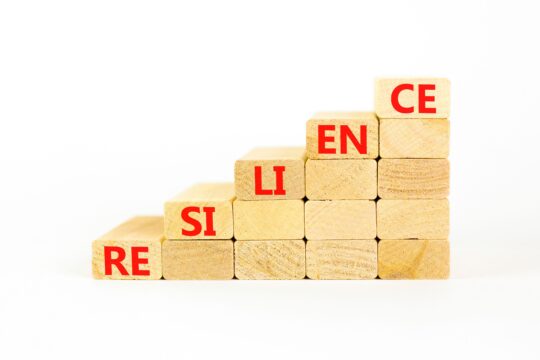It would be easy to assume that making an eLearning lesson in today’s society would a simple task that could be accomplished by any teacher in the same amount or even less time than a traditional lesson plan. That assumption would be wrong, as least initially. There are so many decisions that need to be made, and it could quickly spiral out of control. However, with a well thought out plan, training, patience, and practice, preparing an eLearning, or sometimes called distance learning, lesson plan can indeed be less time consuming and easily accomplished.
Identify Lesson Objectives and Component Skills
The lesson objectives must be carefully thought out and outlined for the students. The targets must be clear and easy to understand. At the start of the COVID-19 pandemic, many teachers were accustomed to having written lessons plans for their courses, but not necessarily sharing those plans with the students. The teachers were using it as guidance for them to make sure they covered the material outlined for that day or unit.
An eLearning student might not meet with their teachers daily. The student must have a clear path moving forward, so they are not left behind their fellow students. The teacher can map out this trip for the student by being straightforward and precise when identifying the lesson objectives and skills that measure the students’ mastery of the topic.
Utilize Online Lesson Plan Templates
When creating eLearning materials, it is not necessary to re-create the wheel. The abundance of assistance online can be staggering. A benefit of using an online template is that the creator has provided the teacher with a road map that they can use to create clear and precise lesson plans. With a few exceptions, a K-12 teacher will be creating an eLearning environment that does not currently exist.
Stimulate Discussions
When teaching in a brick and mortar classroom, the teacher can create discussions by asking thought-provoking and probing questions. An eLearning teacher might not be able to do this as organically, depending on the delivery method of the class. If the teacher is not presenting live content, they must find other ways to get the discussion going. As an online instructor, I use my LMS (learning management system) as a delivery tool for dialogue with and between my students. I will create a discussion string on the board and require students to participate. The student must first post a response to the initial topic before they can move forward. Once the student creates the post, they must respond to at least two other students and then post a reflection to comments made on their initial response.
I have found by doing this, my students will begin to post their discussions regarding the lesson not only to seek assistance but also to provide aid. It is imperative that the teacher monitors these discussions for clarity, correctness, and to make sure that the responses remain professional.
Emphasize Regular Communication
As an online student pursuing my master’s in education, I cannot emphasize enough the importance of regular communication. It is easy for an online student at any level to get lost in day-to-day activities. The student can become overwhelmed quickly and give up. In a traditional classroom, the teachers will see their students regularly. They will have a chance to observe the student’s behavior, verbal and non-verbal, and have an opportunity to reach out to that student to see if they need assistance.
In an e-learning/online environment, that interaction might not take place. The teacher might not see the student every day and could not “see” the student at all. As teachers, we read our students to determine if they are struggling. Without these visual cues, we can lose a student and not know it until it is too late.
If the online teacher is communicating regularly with their students, they can help the students overcome difficulties and provide the assistance that is needed. The teacher could require regular check-ins or communication from the student or parent.
Create Engaging Content
An eLearning lesson cannot be just a PowerPoint presentation. It must be engaging and exciting. There are sites like Kahoot!, which have free or paid-for services, that can help to make content fun and engaging. Teachers could use Quizlet to create flashcards that quiz students on the materials that they studied. Softchalk gives teachers the ability to build a crossword puzzle, among other activities, to test a student’s retention of the lesson objectives outlined earlier.
The resources available to a teacher online can take them from an eLearning novice to an expert with practice and patience.




